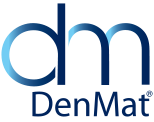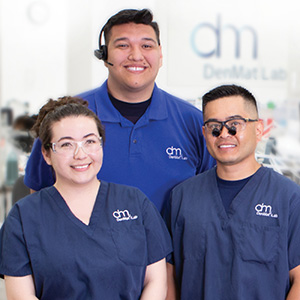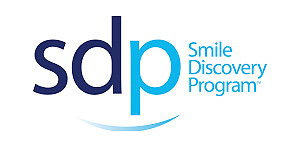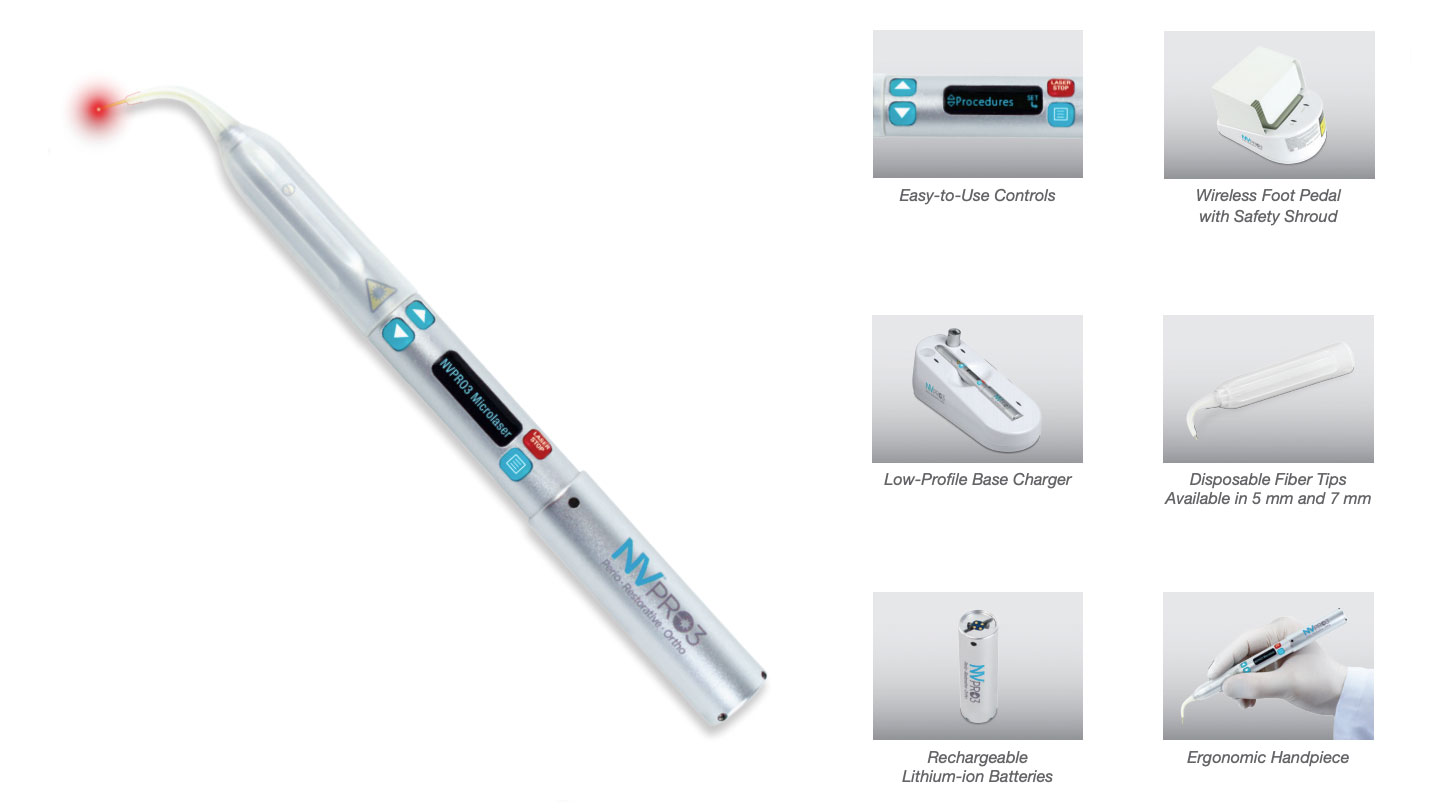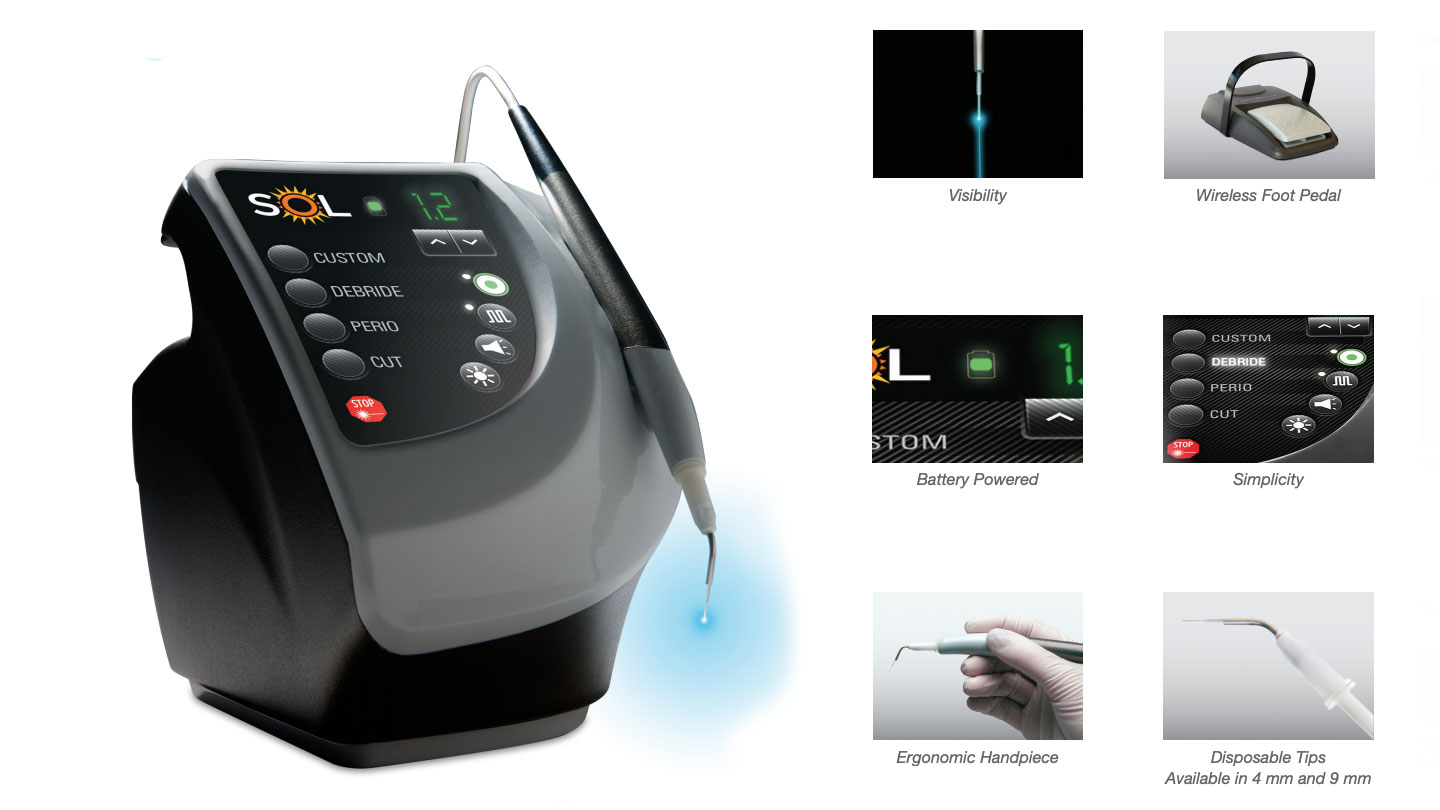
Why laser dentistry?
Dental lasers - cut, cauterize, coagulate and sterilize soft-tissue for various dental procedures
and oral health procedures. Dental professionals who use lasers perform more procedures, in less
time, with better results than those using traditional methods. Their patients also benefit from
faster treatment with less overall discomfort.
Clinician Benefit:
- Incremental revenue through additional procedures
- Increased patient acceptance
- Generate patient referrals
Production Efficiency:
- Improved access and field-of-vision
- Decreased treatment time in many cases
- Reduced impression retakes
Patient Comfort:
- Healthier approach to tissue management as compared to a scalpel or electrosurge*
- Minimal need for anesthesia
- Reduction in post-operative discomfort
Soft Tissue Laser Tips with Timothy F. Kosinski, DDS, MAGD

General Dentistry
Compared to traditional methods and surgical devices such as electrocautery, a laser is gentler, more predictable, and often times will not require local anesthetic. Diode lasers cut with a very small zone of necrosis, allowing you to perform a wide array of soft tissue procedures with little to no discomfort, no fear of gingival recession, and rapid healing. Immediate hemostasis in most cases is another added benefit.
Laser Troughing
Power: 1.0 watts | Mode: Continuous | Tip: Initiated
By using a DenMat diode laser,
practitioners are able to obtain bloodless impressions with clearly exposed margins within seconds,
eliminating the need to pack cord. The use of soft-tissue lasers improves visualization of prepared
crown margins and aids in hemostasis so crowns and bridges are sure to fit properly every time.

Class V Restoration
Power: 1.0 watts | Mode: Continuous | Tip: Initiated
Diode lasers provide the practitioner
with clear and uncontaminated access to restore class V defects. The technique employs a non-surgical
approach for ablation of diseased epithelium at the gingival margins and provides excellent hemorrhage
control.

Recontouring
Power: 1.0 watts | Mode: Continuous | Tip: Initiated
Remove excess gingival tissue and
reshape gums easily with the use of a diode laser. Common gingival esthetic problems such as excessive
gingival display or asymmetrical contours are corrected quickly and painlessly with minimal healing
time. 
Frenectomy
Power: 1.2 watts | Mode: Continuous | Tip: Initiated
Bloodless and suture-free release of
the maxillary or mandibular frenums can be performed with a diode laser. A frenectomy prevents the need
for future grafting by stopping the migration of gingival tissue, improving access for oral hygiene, as
well as correcting speech impediments.
Gingivectomy
Power: 1.0 watts | Mode: Continuous | Tip: Initiated
Removal of hyperplastic gum tissue can
be done quickly and effectively without the use of sutures or scalpels. Final impressions for
restorations can be completed in the same appointment, leading to predictable results with no
additional patient discomfort or annoyance.
Hyperplasia
Power: 1.2 watts | Mode: Continuous | Tip: Initiated
Precisely and effectively remove the
pseudopockets and perform gingival contouring to improve esthetics and oral hygiene, all without local
anesthesia, discomfort or bleeding by using a diode laser. This saves time and money with no need to
refer out to a cosmetic dentist or oral surgeon.
Implant Recovery
Power: 1.2 watts | Mode: Continuous | Tip: Initiated
Diode laser procedures allow for
quick, easy, and safe removal of excessive gingival tissue around the implant that might otherwise
interfere with proper seating at the implant/retainer, making it more stable. Unlike other methods,
there is no fear of sparking or heat transferring to the implant which could cause it to fail over
time.

Destruction of a Lesion
Power: 1.2 watts | Mode: Continuous | Tip: Initiated
A diode laser used for lesion
destruction has several advantages over the scalpel. A diode laser will obtain good hemostasis, a
bloodless field, and allow for faster healing while reducing the risk of infection. A diode laser will
obtain good hemostasis, a bloodless field, and allow for faster healing while reducing the risk of
infection.


Periodontal/Hygiene Applications
Dental hygienists can incorporate soft-tissue diode laser therapy in combination with scaling and root planing in periodontal pockets. ✝ A diode laser is absorbed well by melanin, hemoglobin, and other chromophores present in periodontal disease. This allows for a non-surgical approach to gain easier access to deeper calculus deposits after ablation of diseased epithelium and hemorrhage control.
Laser-assisted periodontal therapy (LAPT) can be used as an adjunct to traditional scaling and root planing. Laser energy selectively targets only darker, necrotic tissue and leaves healthy tissue alone, allowing for better healing and results. Dental hygienists can also perform other various procedures depending on state law with a non-initiated tip such as biostimulation to aid in the healing of things like aphthous ulcers.
Laser Bacterial Reduction (LBR)
Power: 0.8-1.0 watts | Mode: Pulsed | Tip: Non-Initiated
Before any routine cleaning it may
be warranted to use a laser to eliminate bacteria from the periodontal pocket. By using laser bacterial
reduction techniques, you can prevent cross-contamination in the mouth and help encourage healthy
reattachment of the gum tissue.
Sulcular Debridement
Power: 0.8 watts | Mode: Continuous | Tip: Non-Initiated
A diode laser can be used to
selectively remove diseased epithelium without harm to the healthy tissue, allowing the healthy tissue
to regenerate. In some cases pocket depths can be reduced from
<6mm to pockets of 2-3mm depth.
Desensitization
Power: 0.9 watts | Mode: Continuous | Tip: Non-Initiated
A thin layer of fluoride can
be applied to the sensitive area, using a diode laser to perform biostimulation therapy. Occlude
the varnish into the dentinal tubules to reduce dentinal sensitivity for up to 1 year.

Specialty/Surgical Applications
Specialists and surgeons have unique patient needs. Some examples include short crowns which do not allow for proper bracket placement, delays in eruption of teeth, and uneven gingival margins. Unlike an Electrosurge, diode lasers are safe to use around metal brackets and implants. These techniques provide a bloodless, dry field with little to no need for local anesthesia and minimal patient discomfort.
Cuspid Exposure
Power: 1.0 watts | Mode: Continuous | Tip: Initiated
A diode laser can easily remove
tissue and provide instant access for bracket attachment without the need for local anesthesia. The
procedure is fast and painless, resulting in a dry field that is ready for immediate bracket/button
attachment, eliminating the need to wait months for passive eruption.

Operculectomy
Power: 1.5 watts | Mode: Continuous | Tip: Initiated
A diode laser allows for easy
removal of redundant soft tissue distal to posterior molars. The chronic recurrence of
pericornitis, significant periodontal probing depths or pseudo pockets can be easily managed with
this procedure.

GET STARTED - SHOP DENTAL LASERS
NV® PRO3 Dental Laser
The NV PRO3 Dental Laser sets the bar for convenience, portability and ease of use among all dental soft-tissue diode lasers. Optimized for all of your periodontal, restorative and orthodontic procedural needs, the latest evolution in cordless soft-tissue lasers enables you to deliver the benefits of laser dentistry to each patient, while increasing practice production across all departments.
- Lightest-weight wireless soft-tissue diode laser on the market, weighing less than a standard drill
- Plug-and-play system with 12 preset procedures for all periodontal, restorative and orthodontic needs
- 30 minutes of continuous operation at 1.2 watts of power, enough for more than 15 procedures before changing batteries
- 2 watts of maximum power on continuous wave or pulse mode
* Data on file
✝ Refer to State Dental/Hygiene Board for local laws
